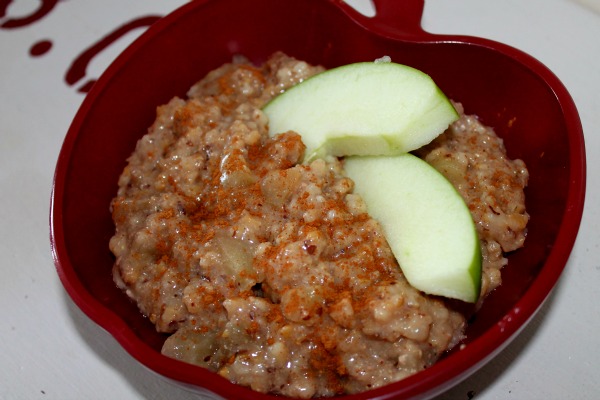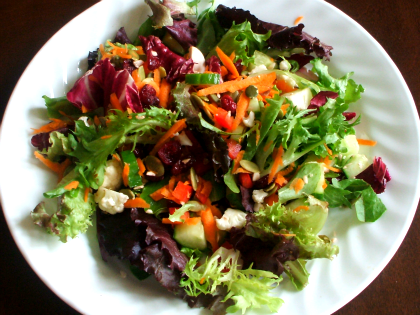My Blog = My Life: organic
DIY Herbal Air Fresheners

Raspberry Peach Crumble

How A Single Income Family Can Afford A Whole-Food Diet

Strawberry Spinach Salad

Sensational Salad and Dressing

Spinach Bacon Breakfast Bake

How To Make Gluten-Free "Cream Of ____" Soups

How To Prepare A Postpartum Herbal Bath

FREE Crochet Cotton Dish & Spa Cloth Pattern
Family

NEWS: Dad's Organic Market

